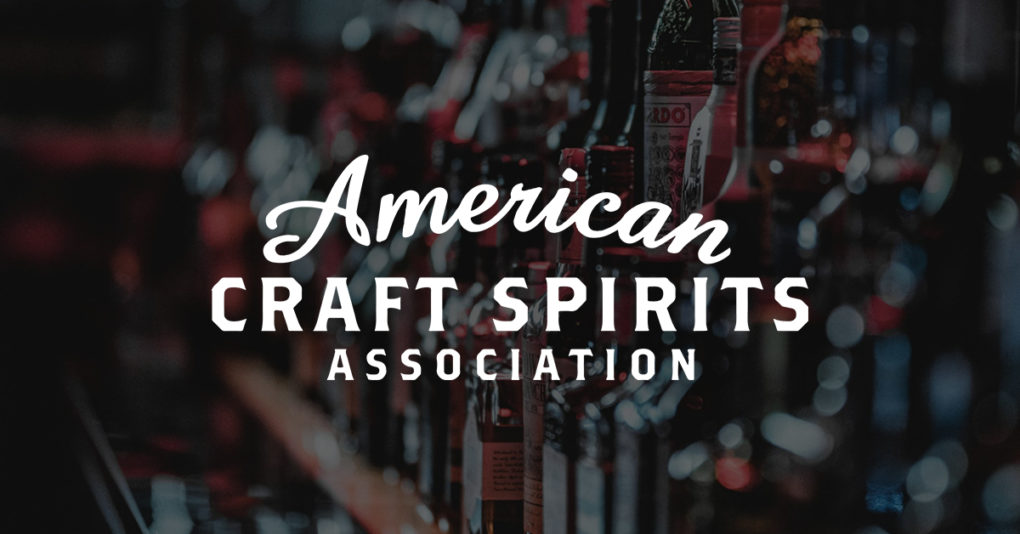
Craft spirit volume decreased for the first time since the data project launched in 2016, down -3.6% to 13.5 million cases in 2023 (versus 14 million in 2022). Sales topped $7.8 billion, but dipped -1.1%. U.S. craft market share of the total U.S. spirits category also decreased slightly to 4.6% share in volume and 7.5% in value in 2023, down from 4.9% and 7.7% in 2022.
The declines come amid an industry-wide slowdown, and as the membership association is reasserting its call for more market modernizations to boost the competitiveness of small- to medium-size craft distillers. The dip in share is a key indicator of the segment’s struggles, according to Emily Pennington, head of content for Park Street.
“It measures the craft spirit performance against the larger category, and it means that those 500 or 1,000 cases that were sold in 2022 that weren’t sold in 2023 were probably sold within another category, my guess is tequila,” she said.
While there is no legal definition of a craft distillery, the data project defines them as licensed U.S. distilled spirits producers that have removed 750,000 proof gallons or less from bond, market themselves as craft, are not openly controlled by a large supplier, and have no proven violation of the ACSA Code of Ethics.
Number of Craft Distillers Grows, Despite Closures
This is the first year the ACSA has reported a significant number of craft distillery closures (65 since January 2023), but the number of active craft distillers in the U.S. still grew +11.5% in 2023 to reach a total of 3,069 producers.
California, Washington, Pennsylvania, and Texas saw the highest growth in new distilleries, while New York saw a decline of -5%. Those top 5 states make up more than 35% of all craft distillers, and more than half of all active craft distilleries are in the top 10 states (the remaining five are Colorado, Florida, Michigan, Kentucky, North Carolina).
The rise in new distilleries was attributed to the overall boost in small businesses after a challenging economic period.
“The U.S. Census Bureau saw actually the highest number of new business applicants it has ever seen in 2023, so I think this trend is also bigger than just craft spirits,” said Pennington.
Overall, the rate of new distilleries has recently slowed: The number of craft distillers had a compound annual growth rate of about +7.4% from 2018 to 2023, but only +0.9% from December 2023 to August 2024.
The new distilleries may provide insight into the causes of a -8.4% decline in the average number of cases removed from bond (sold outside the distillery). The decrease could be attributed to new smaller producers selling product at the distillery itself, but Pennington argued the dip could be a result of the destocking process that has slowed movement at the wholesale and retail level over the past few years.
Home State Increasingly Important, Even Among Large Distillers
Craft spirits producers sold even more in their home states this year. While sales remain almost evenly split between the home state (48.1%) and outside its borders (51.9%), the proportion of home state business is growing (+0.7%) while out of state business is declining (-0.2%).
That’s even the case with large craft producers, who have shifted resources to focus on sales in their respective home states as well as exports, unlike in other years. Market access, the expense of working in other markets and anecdotal evidence of distributors dropping brands have possibly resulted in larger producers focusing at home, despite the fact that those businesses are likely to drive growth out of state.
For medium producers, sales are concentrated in the home state, where 60.4% of business takes place. Small producers also make 93% of their sales from home states, with the home market gaining share, and 47% of sales coming from the distillery.
Exports of U.S. craft spirits increased, reaching 179,000 9L cases, marking roughly a 5% increase from the prior year. However, export numbers remain significantly lower than pre-tariff levels (about 566,000 9L cases in 2017). Sales abroad also make up only a small portion of business, only 2.2% for large distillers, up 0.2% and decreasing by 0.1% for medium-size distillers.
“Four years of tariffs to the E.U. have ceded market share and mindshare,” said Becky Harris, past president of ACSA and current government affairs chair. “European companies were able to take advantage of that period to compete more effectively in the world whiskey category.”
Top export markets were Japan, the U.K. followed by Canada.
Consolidation Consistent, Case Volumes Dipping
Craft spirits production still remains concentrated: less than 2% of craft spirits producers are responsible for over 54% of the cases produced while 90% of producers are classified as small and are responsible for approximately 11% of cases produced.
For the first time in the survey’s 16-year history, the number of large craft spirits producers decreased (from 43 to 40), resulting in a drop in the total number of cases removed from bond by large craft producers. Those numbers are likely due to acquisitions made by strategics in 2022. On the other hand, the decrease in cases among medium-size distillers was likely due to closures and small distillers are selling more at the distillery.
In light of the recent stress on craft distillers, ACSA CEO Margie A.S. Lehrman said the association is in Capital Hill this week lobbying for the end of a Prohibition-era ban that prevents the U.S. Postal Service (USPS) from shipping alcoholic beverages to consumers, funding for the U.S. Treasury Department’s Alcohol and Tobacco Tax and Trade Bureau (TTB), as well as tax relief programs that distillers have been able to take advantage of, but are set to expire.
The group is also heeding the call of other industry group’s in demanding greater transparency and objectivity in the new process of separating the U.S. alcohol guidelines from the traditional 2025 Dietary Guidelines Advisory Committee review process.